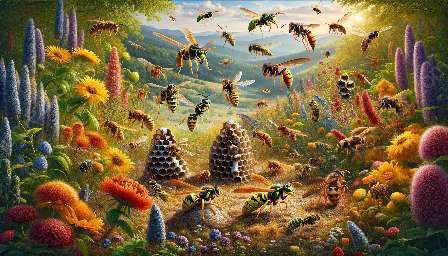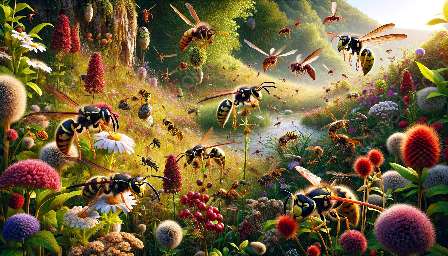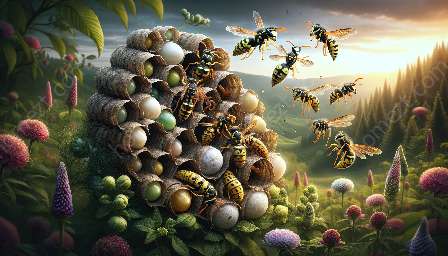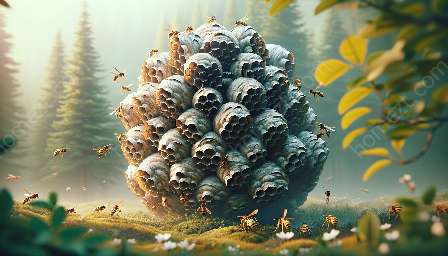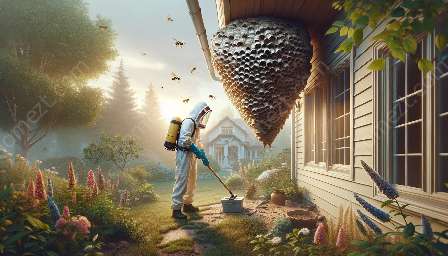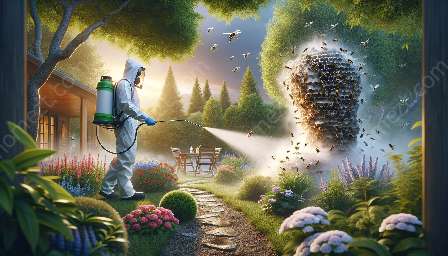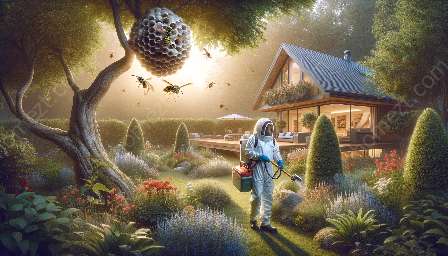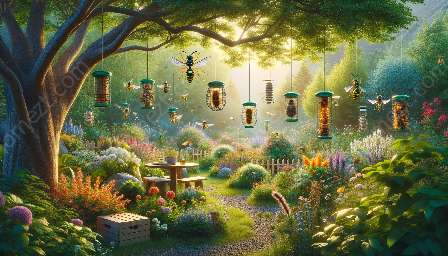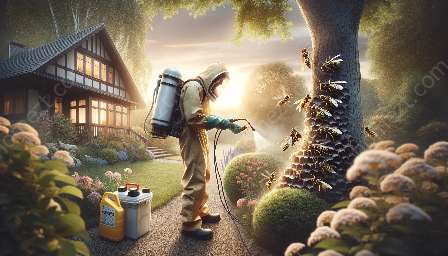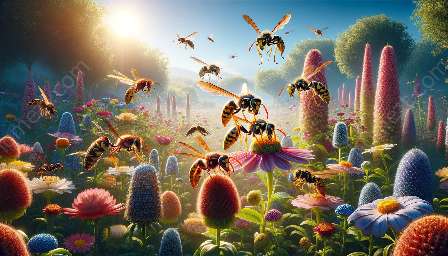Wasps can be a nuisance when they invade your home or garden. Their painful stings and aggressive behavior make it essential to implement effective prevention and control measures to keep them at bay. By understanding the behavior of wasps and employing suitable pest control strategies, you can effectively manage wasp infestations and safeguard your property.
Understanding Wasps
Before delving into prevention and control strategies, it's important to understand the different types of wasps and their behavior. Wasps belong to the Hymenoptera order and are divided into two main categories: social wasps and solitary wasps.
Social Wasps
- Yellowjackets (Vespula spp.): These aggressive and territorial wasps are known for building their nests in the ground, wall cavities, or other sheltered locations. They are attracted to human food and can pose a threat, especially during outdoor activities.
- Bald-faced hornets (Dolichovespula maculata): Recognized by their characteristic white face, these large, aerial-nesting wasps can be found in trees, shrubs, and structures. They are known for their defensive behavior when their nests are disturbed.
- Paper wasps (Polistes spp.): Identified by their slender bodies and distinctive paper-like nests, these wasps are less aggressive than yellowjackets but can sting if provoked. Their nests are commonly found under eaves, porches, or in attics.
Solitary Wasps
Unlike social wasps, solitary wasps do not live in colonies and do not defend their nests. They usually forage for food and build individual nests where they lay their eggs. While they are generally less of a nuisance compared to social wasps, they can still pose a threat if their nests are disturbed.
Prevention Strategies
Implementing preventive measures is essential to minimize the risk of a wasp infestation on your property. Here are some effective strategies for preventing wasps from invading your home or garden:
- Seal Potential Entry Points: Inspect your property for any gaps, cracks, or openings that could serve as entry points for wasps. Seal these openings with caulk or weatherstripping to prevent wasps from gaining access to your indoor spaces.
- Keep Food and Trash Secure: Properly store and dispose of food scraps, particularly sweet items that attract wasps. Use tightly sealed containers for garbage and recycling to avoid attracting foraging wasps.
- Trim Vegetation: Regularly trim vegetation around your property, particularly near entry points such as doors and windows. Overgrown shrubs and trees can provide ideal nesting sites for wasps.
- Identify and Remove Nests: Regularly inspect your property for signs of wasp nests, such as paper-like structures or ground burrows. If you spot a nest, contact a professional pest control service to safely remove it.
Control Measures
If a wasp infestation occurs despite preventive efforts, it's important to take swift and effective control measures to address the problem. Here are some practical methods for controlling and managing wasp infestations:
- Professional Pest Control Services: Engage the services of a licensed pest control professional to assess the situation and implement targeted treatments for eliminating wasp nests.
- DIY Traps and Baits: Set up commercially available wasp traps or baits in areas where wasps are frequently seen. Follow the manufacturer's instructions for proper placement and disposal.
- Protective Clothing and Equipment: When attempting to remove a nest or address a wasp infestation on your own, it's crucial to wear protective clothing, including gloves, long sleeves, and a face mask, to minimize the risk of stings.
Conclusion
By combining effective prevention strategies with prompt control measures, you can minimize the impact of wasp infestations on your property. It's important to prioritize safety and seek professional assistance when dealing with severe infestations. With the right knowledge and proactive approach, you can successfully prevent and control wasp issues, creating a safer environment for yourself and your family.

